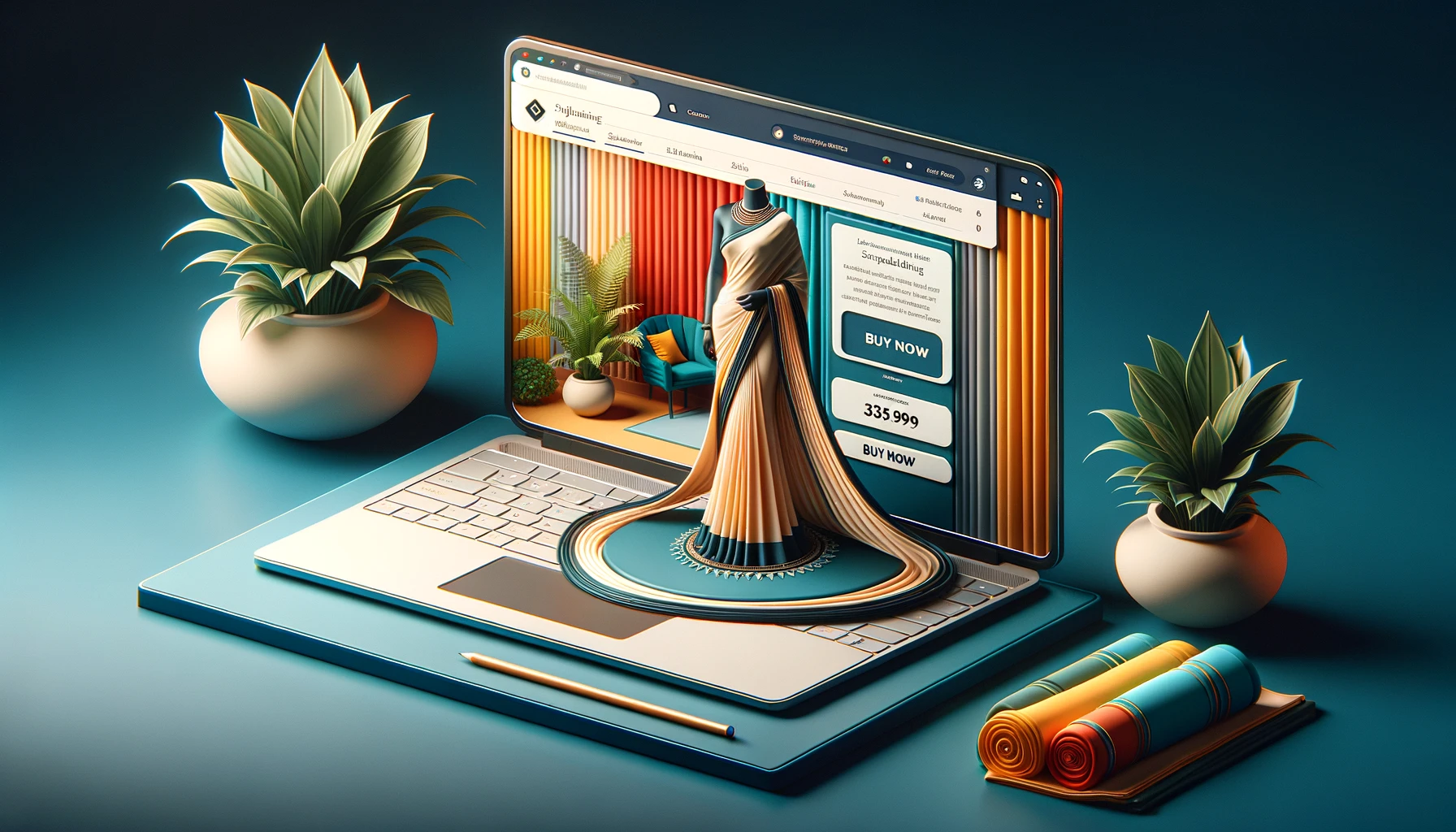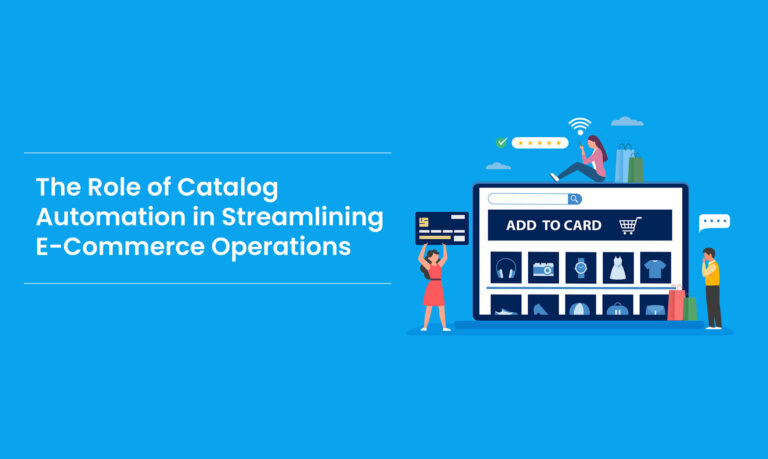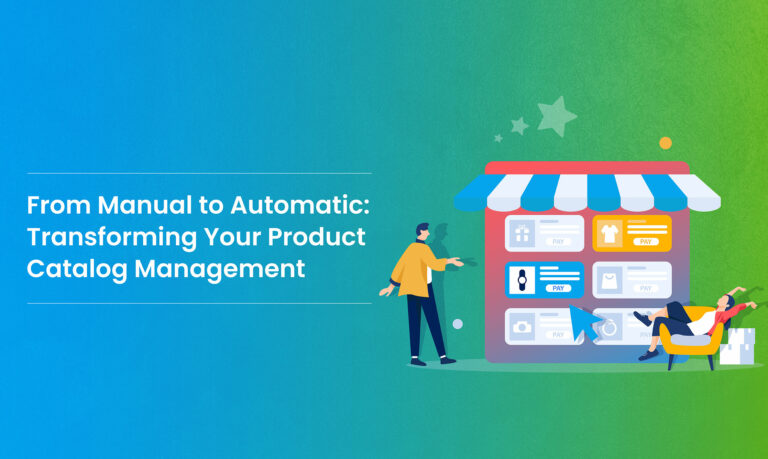3D image rendering has become an invaluable tool in e-commerce, transforming how things are exhibited online. This technology can virtually interact with objects and provide realistic images, improving the customer experience strategy. Consumers can examine items from every perspective, giving them a thorough grasp of the goods they buy. Making better decisions is aided by 3D picture rendering, which catches even the finest details, such as the sheen of jewels or the texture of materials. Implementing 3D rendering in online stores involves using high-quality product photographs as a foundation for creating engaging 360-degree views. It also opens the door to customizable shopping experiences, where customers can personalize their choices, enhancing their engagement with the product. Online stores utilizing 3D image rendering stand out from the competition and create a more interactive, enjoyable shopping experience.
Introduction
Visual appeal is vital in capturing the attention of potential customers in e-commerce. The power of 3D image rendering is a powerful marketing tool that attracts your target audience and significantly enhances time management and cost efficiency for online businesses. Let us understand how integrating 3D-rendered images can elevate the visual appeal of your e-commerce website and boost sales. This article will also provide an in-depth look at Rubick.ai’s exemplary work in this domain.
The Power of Visual Appeal in E-commerce
How a product looks online is very important when selling it. A website should be nice to look at and attractively showcase its products. This will help it get people’s attention and keep them interested. Let’s break down why the way things look online matters so much for online stores to do well.
- Getting Noticed: Think about walking past a store with a great display – it catches your eye. Similarly, a good-looking website with nice pictures and layouts makes people stop and check it out.
- Building Trust: If a website looks professional and well-put-together, then people trust it more. Customers feel better buying from a site that looks reliable. This is similar to how you’d prefer a neat physical store over a shabby one.
- Making Products Tempting: Good visuals make products more tempting. When items are shown clearly with accurate pictures and info, customers are more likely to want them. It’s like seeing a yummy picture of food – it makes you hungry!
- Easy to Find Things: A good-looking website is usually easy to navigate. This means customers can quickly find what they want without getting frustrated. It is like a store where everything is neatly organized.
Why Choose 3D Image Rendering?
Choosing 3D image rendering for online stores is a big deal, and here’s why it’s making a huge difference:
- Realistic Product Views: 3D rendering makes products look super real. It’s like bringing them to life on the screen; customers can see exactly what they’re getting. This realistic view is way better than regular pictures.
- More Interaction: With 3D, customers can interact with products. They can spin them around and check things out from all angles. It’s like holding the product in your hands, but it’s happening on the computer or your phone.
- Showcasing Details: 3D rendering captures all the tiny details of a product. Customers get to see every little thing. They can see the texture of a fabric or how jewelry shines.
- Better Decision-Making: When customers see a product in 3D, it helps them decide if they want it. It’s like trying something on before you buy it. You can be more sure about your choice.
- Stand out from the Crowd: Not every online store uses 3D rendering. So, if your store does, it stands out! It’s like having a cool special feature that makes your shop more interesting for customers.
How to Implement 3D-rendering for E-commerce
Learn the easy steps to make your online store all the more appealing with 3D image rendering:
- Great Product Photos: Take awesome pictures of your products. These pictures are like the building blocks for amazing 3D views. So, the better the photos, the cooler the 3D effects.
- 360-Degree Views: Show off your products from every angle. Let customers spin them around and see everything. It’s like giving them a full tour of the product. This makes online shopping more fun and interactive.
- Customizable Choices: Get into the world of customizable choices. Let customers pick and choose how they want things to look. With 3D rendering, these choices come to life, making shopping on your site a special and enjoyable experience.
- Try Before You Buy: Ever wish you could try on clothes before buying them online? With 3D rendering, your customers can! It helps show how clothes will fit and look. This makes shopping for clothes online way better.
Benefits of 3D-rendered Images
Let’s see what makes 3D-rendered images an excellent tool for online stores:
- Super Detailed Products: 3D images show tiny details that regular photos might miss. This makes customers happy and trusting because they see exactly what they’re getting.
- People Love Playing with 3D: 3D images are like a fun game – customers can spin things around and explore. This gets them excited and spending more time looking at what you’re selling.
- Fewer Returns: 3D images help customers see products accurately, so there are fewer surprises when they arrive. This makes customers stay confident and loyal, reducing the need for returns.
- Stand out from Other Shops: Using 3D makes your online store different from the rest. See how other successful brands did it – it’s like having a special advantage that sets you apart.
Overcoming Challenges in Implementing 3D Rendering
Implementing 3D image rendering in e-commerce can sometimes be tricky. Let’s break down the common challenges and figure out practical solutions for a smooth and successful transition.
1. Complexity of 3D Technology:
Navigating the complexities of 3D rendering can be overwhelming for those unfamiliar with the technology. To tackle this, you can start with user-friendly tools like Rubick.ai or KeyShot. Online tutorials can guide beginners through the process, making it more accessible.
2. Costs and Resources:
Budget constraints and limited resources can pose challenges. Opt for free tools initially, such as Blender, or consider outsourcing specific 3D rendering tasks as needed. Gradual investment aligned with business growth is a practical approach.
3. Time-Consuming Process:
Creating 3D images takes time, a resource that businesses often find scarce. Prioritize the implementation by starting with key products or high-impact areas. As efficiency improves, expand the use of 3D rendering to cover more products.
4. Integration with Existing Systems:
Integrating 3D rendering into your current e-commerce platform may not be seamless. Choose tools that offer easy integration, ensuring a smooth workflow with your existing systems.
5. Educating Your Team:
Team members might lack familiarity with 3D rendering. Address this challenge by organizing training sessions or workshops. Helping your team understand the benefits and encouraging them to grasp the basics can build confidence and collaboration.
6. Customer Learning Curve:
Customers may find navigating 3D features confusing initially. Mitigate this challenge by offering simple guides or tutorials. Gradually introduce 3D features and gather feedback to enhance user-friendliness.
7. Device Compatibility:
Ensuring that 3D rendering works seamlessly on all devices is crucial. Test compatibility on various devices and optimize for mobile users. Consistency and a smooth experience across different platforms should be a priority.
Future Trends in E-commerce Visuals
Get ready for the cool stuff coming to online shopping visuals! We’re talking about new things in how online stores will look, especially focusing on 3D image rendering and other practices that will make online shopping even more awesome.
1. Supercharged 3D Magic:
Imagine products looking even more real and fantastic in 3D! Advanced technologies are making 3D rendering even better by bringing products to life on your screen. It’s like making online shopping a virtual adventure where you can almost touch and feel the products.
2. Interactive Shopping Fun:
Picture this – not just looking at products but playing with them online! Future trends include more interactive features where customers can do fun things like customizing products or virtually trying them on, making online shopping a playful experience.
3. Smart and Personalized Visuals:
The future is all about online stores knowing what you like. Visuals will become smarter and show you products based on your preferences. This makes your online shopping experience more tailored to your taste.
4. Storytelling Through Visuals:
Online stores will become more like stories. Visuals will not only show products but also tell a story – maybe how a product is made or the story behind its design. It’s like adding a bit of magic and connection to the things you buy online.
Simplified 3D Rendering with Rubick.ai
Rubick.ai’s tool stands out as the ideal solution for overcoming challenges in implementing 3D image rendering for e-commerce. Its user-friendly interface and seamless integration make it a preferable choice for e-commerce businesses aiming to keep up with the latest trends. The tool is a cost-friendly solution to enhance online businesses’ visual appeal and customer engagement.
Conclusion
The integration of 3D image rendering into e-commerce websites is not just a trend. It’s a transformative strategy that can revolutionize the way products are presented and perceived online. E-commerce businesses can significantly boost visual appeal by embracing 3D rendering. They can engage customers on a deeper level and ultimately drive sales. The future of e-commerce is visual. 3D rendering is at the forefront of this evolution.
Discover the advanced capabilities of Rubick.ai in 3D image rendering. Elevate your e-commerce visuals with precision and efficiency. Explore Rubick.ai now to experience a new level of visual appeal.


